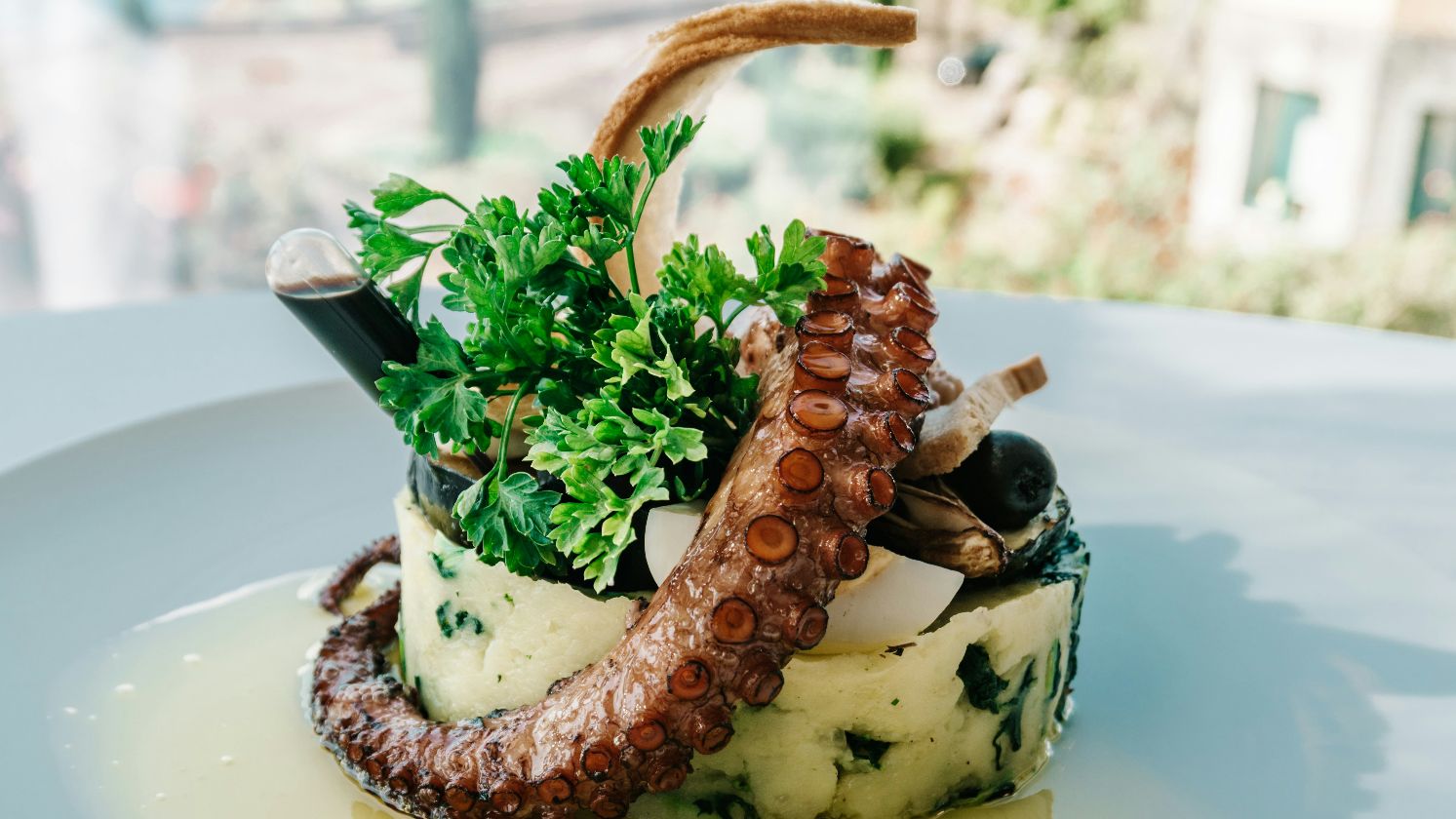One of the best parts of eating at a Chinese restaurant is finishing off your meal with a (hopefully) lucky fortune cookie. It's not like they taste particularly delicious, but it's the novelty that has everyone hooked. However, if you're headed to China to get a taste of real, authentic cooking, don't get your hopes up that you'll receive one of these farewell treats at the end of your meal.
This is because fortune cookies, although synonymous with Chinese food in America, didn't actually originate from China - they're a completely Western concept! So for those of you who love a good Chinese meal, prepare to have your mind blown. You're going to be in for a surprise as we delve into these seven Western Chinese dishes you won't actually be able to find in China.
General Tso's Chicken
Named after a historical military leader from Hunan, China, this dish is pretty much as elusive in China as the general himself. A favorite in Western countries, this crispy, deep-fried chicken dish is coated in a tangy, slightly spicy, and sweet sauce. This creation is widely attributed to Chef Peng Chang-Kuei in Taiwan, who then brought the recipe to New York in the 1970s. It may not be authentic, but it sure is delicious!
Fortune Cookies
Is any meal at a Chinese restaurant complete without receiving a fortune cookie? Despite their regular appearance, fortune cookies are anything but a traditional Chinese invention. This sweet, crisp cookie hiding life advice within, was actually first baked in the early 20th century in San Francisco.
People even believe this dish might be Japanese, thanks to similar treats found in regions around Kyoto. Although it's anything but authentic Chinese, it's still a must-have finale to any Western Chinese meal.
Sweet and Sour Pork
Although a sweet and sour sauce does exist in traditional Chinese cooking, the sweet and sour pork that we know and love in Western countries is a completely different dish. With its neon orange color and overly sweet sauce, this creation is far from the balanced and complex flavors you'd find in China. As you can probably tell, this dish has been transformed to better satisfy the Western palate for sweetness.
Crab Rangoon
As an incredibly popular dish, crab rangoon is a creamy, crab-filled, deep-fried appetizer that's a staple at many American-Chinese restaurants. Despite its frequent appearance on so many menus, it has absolutely no roots in China. Thought to have been concocted in the 1950s in San Francisco, this is one example of a dish that has nothing to do with Chinese culture.
Besides, if you really think about it, being a fried dish that combines such delicate flavors with something heavy like cream cheese, definitely sounds more like an American invention.
Chop Suey
Literally meaning “assorted pieces,” chop suey was supposedly created as a dish to serve leftover vegetables and meat. Despite its Cantonese name, this dish is predominantly a product of Chinese immigrants in America. Adjusted to fit Western tastes, chop suey is a great example of how Chinese cooks managed to turn a simple, homestyle dish into an international phenomenon.
Egg Rolls
Although egg rolls are a commonly ordered dish in any Western Chinese restaurant, their roots don't exactly go back to China. Thought to be created somewhere in New York back in the early 1900s, the egg roll is a distant cousin to the spring roll, a dish that actually hails from China and consists of a lighter, thinner skin with delicate filling. The egg roll, on the other hand, perfectly represents the American tradition of making things super-sized.
Orange Chicken
Last but not least, orange chicken is another dish that does not exist in China. Actually introduced by Panda Express in the 1980s, this sticky, sweet, deep-fried chicken dish was inspired by flavors from the Hunan province. Though it transformed into something that is much more American, it's a great example of how Chinese cuisine continues to evolve to captivate the Western audience.
These seven dishes are able to provide us with a glimpse into the many ways Chinese food has been reinvented and reimagined in the Western world. While sure, these dishes aren't authentically Chinese, they're still delicious staples that are enjoyed in numerous Western-Chinese restaurants. If anything, it just goes to show you how globally appealing and transformative Chinese cuisine can really be!
KEEP ON READING








